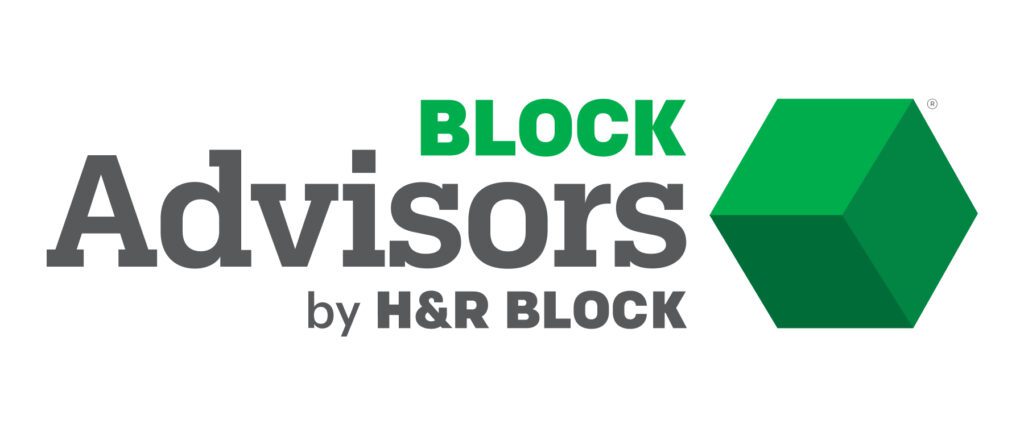Section 179 Vehicles: Does my vehicle qualify for the Section 179 Deduction in 2024?
8 min read
October 05, 2024 • Block Advisors
Many small business owners are pleased to learn that a vehicle they purchased for use in their company may qualify for a Section 179 tax deduction. Carefully using Section 179 vehicles can bring tax benefits that may reduce your tax burden by thousands of dollars.
Block Advisors is here to help you understand if your car, truck, or other automobile made the Section 179 vehicle list for 2024. This post will also explain a few important changes to the guidelines around Section 179 vehicles for your 2024 taxes.
Continue reading to learn what vehicles qualify for the full Section 179 deduction.
What is Section 179, and how does it apply to my vehicle?

As a small business owner, you can often use self-employed tax deductions to lower your tax burden. IRS Section 179 is one such deduction that both businesses and self-employed individuals can take advantage of. It covers many types of property as a deductible expense, including vehicles. However, not all types of vehicles qualify.
The Section 179 tax deduction allows eligible businesses to deduct the cost of machinery and qualifying equipment when filing their taxes. This could be office furniture, technology, supplies, and other tangible items. YES – this includes business vehicles!
Autos may be passenger vehicles, heavy SUVs, trucks, and vans that are purchased and put into use in the same year. A Section 179 tax deduction covers new vehicles as well as pre-owned vehicles. However, the vehicle must be utilized more than 50% of the time for business purposes.
Even if you use your vehicle partially for personal use, you may be able to take advantage of Section 179 tax savings. However, there are a few limitations placed on Section 179 vehicles, as outlined in the next section.
Get details on Section 179 Expensing and what qualifies for bonus depreciation for other types of tangible property.
Have questions about Section 179 expensing?
Talk with our Small Business-Certified experts in person or online
Section 179 vehicle types – Light vs. heavy
The Internal Revenue Service (IRS) breaks down the list of vehicles that qualify for Section 179 deduction into three primary groups: Light, Heavy, and Other. The allowable deduction differs for each group and may be increased annually by the IRS to account for inflation. This post will cover specifically Section 179 vehicles for 2024.
Light Section 179 vehicles
- Any vehicle with a manufacturer’s gross vehicle weight rating (GVWR) under 6,000 pounds (3 tons).
- This includes many passenger cars, crossover SUVs, and small utility trucks.
For 2024, these autos have a Section 179 tax deduction limit of $12,400 in the first year they are used. In fact, if the extra $8,000 of Bonus Depreciation is also factored in, you can deduct up to a combined maximum of $20,400 for 2024.
Heavy Section 179 vehicles
- Any vehicle with at least 6,000 pounds GVWR but no more than 14,000 pounds (3 to 7 tons).
- This includes many full-size SUVs, commercial vans, and pickup trucks.
For 2024, eligible vehicles in the “heavy” category have a Section 179 tax deduction limit of $30,500. However, these autos are eligible for 60% bonus depreciation through the end of 2024. Starting in 2025, the allowable bonus depreciation percentage will decrease to 40%.
Other Section 179 vehicles
Any vehicle with a GVWR over 14,000 pounds (7 tons) OR a vehicle modified for nonpersonal use. Specifically:
- Shuttle vehicles having more than nine passengers behind the driver’s seat
- Delivery vans having a cargo area of at least six feet in interior length not easily accessible from the passenger area
- Vehicles with an integral enclosure fully enclosing the driver compartment and load-carrying device, no seating behind the driver, and no portion of the body extending more than 30 inches beyond the windshield.
- This can also include autos such as ambulances, work trucks, hearses, etc.
For 2024, any vehicle meeting the above weight or modification guidelines is not subject to an IRS Section 179 deduction limitation. You may deduct up to 100% of the cost of any vehicle in this category.
Section 179 vehicle tax deduction vehicle: An example
To illustrate how you may leverage a Section 179 vehicle to reduce your tax burden, consider the following example:
- Janine purchased a new $55,000 truck on April 26 of this year.
- She immediately put the vehicle into use the next day.
- She uses the truck solely to transport materials for her small roofing business.
- The truck has a GVWR of 8,000 pounds.
Janine purchased her new pickup and put it into use in the same year. It is used 100% of the time for business activities. According to its GVWR, the auto is a “heavy” vehicle under Section 179.
Janine is in luck! Her vehicle checks all the necessary boxes.
She could take the full Section 179 tax deduction for heavy vehicles up to the limit. However, as mentioned above, she can also elect to take the 60% bonus depreciation, which would cover more of the cost of the vehicle. Additionally, she will also deduct regular first-year depreciation. All in all, this would make a good dent in the full $55,000 cost.
Need help determining your Section 179 deduction?
Block Advisors Small Business Certified Tax Pros have your back.
Where to find your vehicle’s GVWR
The first step to determining if your auto qualifies as a Section 179 deduction vehicle is to check its GVWR – Gross Vehicle Weight Rating. The manufacturer provides this figure. The GVWR indicates the weight your vehicle can safely transport. It includes the vehicle’s weight, passengers, fuel, cargo, and other accessories.
You can find the GVWR on the manufacturer’s label. Often, this label is found on the inside of the driver’s side door. It may be either a sticker or a thin metal placard.
It is important to note that equipment and options can affect the GVWR, which may keep a vehicle from qualifying for a Section 179 tax deduction. Look closely at the manufacturer’s label to identify the category your Section 179 deduction vehicle falls into!
Section 179 vehicles and personal use
The full Section 179 tax deduction can only be taken for cars used 100% of the time for business purposes. However, if you use a vehicle that would otherwise qualify partially for personal use, there’s still hope! As long as the vehicle is operated MORE THAN 50% for business use, a partial Section 179 tax deduction may be secured.
To clarify, consider Hank’s situation below:
- Hank bought a used $15,000 hatchback sedan on Aug. 3 of this year.
- He immediately put the vehicle into use the next day.
- He uses the vehicle to transport wedding cakes for his bakery two-thirds (more than 50%) of the time but also uses this vehicle to drop off his kids at school, run life errands, and take the occasional road trip.
- The car has a GVWR of 3,000 pounds
Hank can take a partial Section 179 tax deduction. Since his vehicle is used 50% for business purposes, his deduction will be limited. The light vehicle cap is $12,400, and he can take advantage of 50% of that amount – or $6,200.
In total, Hank can reduce his business’ tax burden by deducting $5,100 of his $15,000 light hatchback sedan purchase in its first year.
Additional Section 179 vehicle considerations
If your vehicle meets the requirements, a Section 179 tax deduction is an opportunity to reduce your tax burden. However, there are a few added limitations and rules to consider.
How bonus depreciation plays a role
Bonus Depreciation can be used alongside the Section 179 tax deduction – sometimes. However, the two tax incentives are not the same. It can be easy to confuse Bonus Depreciation with a Section 179 tax deduction. That is because both offer similar benefits and can sometimes be used together.
Among their differences, bonus depreciation allows you to deduct a percentage of the cost of eligible assets and property you have purchased. In contrast, Section 179 lets you deduct a set dollar amount of newly acquired business assets. New to YOU counts, even if the asset itself is used. Furthermore, bonus depreciation can be used even if your business is not profitable. Section 179 tax deductions require your company to be in the black.
NOTE: If a taxpayer uses either Section 179 expensing or Bonus Depreciation, the standard mileage rates cannot be used for ANY periods after the year that depreciation is taken. Actual auto expenses (fuel, tires, repairs, etc.) must be tracked going forward.
Size, style, and seating matter
- A caveat on SUVs – SUVs and crossovers with a GVWR above 6,000 lbs are capped at $30,500 if a Section 179 tax deduction is taken. In contrast, bonus depreciation is capped at 60% in 2024.
- Double-check Your GVWR – Model is important. For example, a crew-cab version of one vehicle may meet the Heavy GVWR requirement, while the extended cab version of the same model does not, placing it in the Light category. Upgrading to the Heavy model may offer the advantage of larger first-year tax deductions for the vehicle.
- Luxury Limitations – The IRS has imposed limits to discourage using Section 179 vehicles to depreciate high-value autos. Luxury vehicles are capped at $20,400 of depreciation in the first year and $12,400 if bonus depreciation is not taken due to luxury auto limitations.
Get help with Section 179 vehicles
Need help understanding if you can claim a Section 179 tax deduction? Block Advisors can help. When it comes time to file your business taxes, Block Advisors’ friendly certified small business tax pros can help you make the most of a Section 179 tax deduction.
Connect with a Block Advisors tax pro.




